Table of Contents
Introduction
Chili powder is a nutrient-dense spice with significant health benefits, including metabolism boost, heart health support, and antioxidant properties. According to USDA FoodData Central data, 1 teaspoon (3g) of chili powder contains 8 calories, 0.5g fat, and notable amounts of vitamin A and C. This article provides scientifically-backed nutritional information, expert cooking guidance, and evidence-based health benefits for optimal use of this versatile spice.
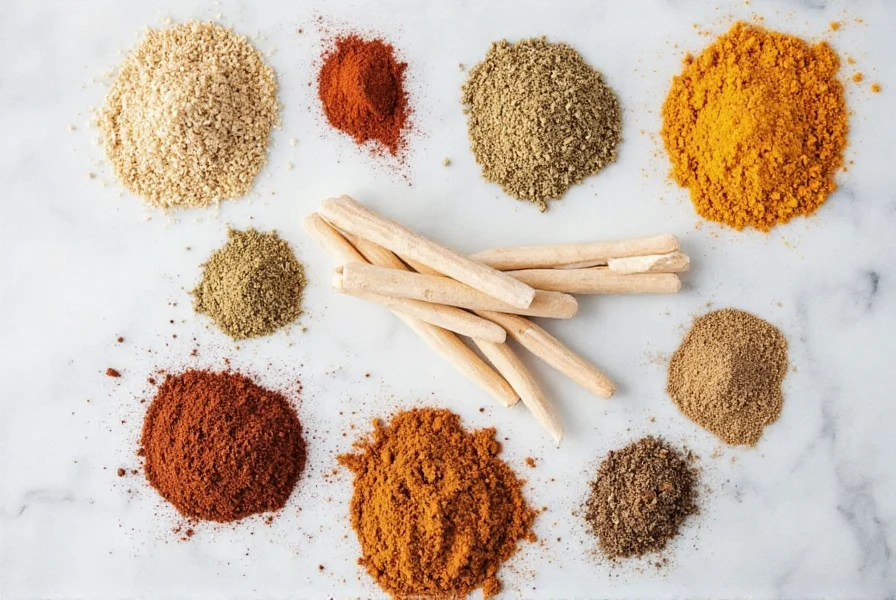
What Is Chili Powder?
Chili powder is a blend of ground dried chili peppers, often mixed with other spices such as cumin, garlic powder, oregano, and sometimes salt. While it's commonly used in Mexican cuisine, its popularity has spread worldwide due to its rich flavor and versatility.
There are many types of chili powders available, each with its own unique heat level and taste. For example:
- Chipotle powder – Smoky and slightly sweet, made from smoked jalapeños.
- Ancho chili powder – Mild and sweet, made from dried poblano peppers.
- Cayenne pepper – Hot and pungent, often used in spicy dishes.
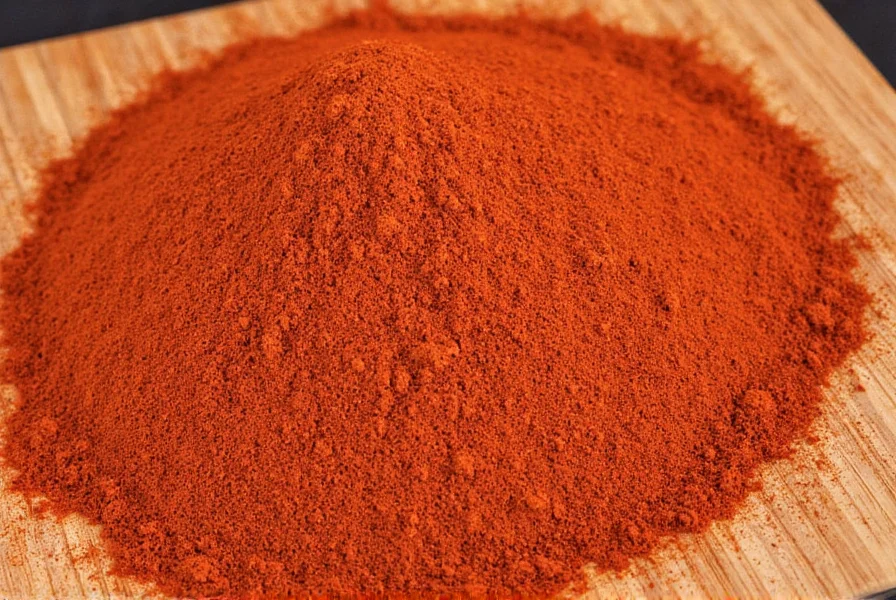
Nutritional Facts of Chili Powder
According to the United States Department of Agriculture (USDA) FoodData Central database, chili powder contains the following nutrients per 1 teaspoon (3 grams) serving:
| Nutrient | Amount per 1 teaspoon (about 3 grams) |
|---|---|
| Calories | 8 |
| Total Fat | 0.5 g |
| Sodium | 20 mg |
| Potassium | 47 mg |
| Vitamin C | 1.5 mg |
| Vitamin A | 15 IU |
| Fiber | 0.6 g |
| Iron | 0.3 mg |
One of the most notable benefits of chili powder is its high content of capsaicin, the compound responsible for the heat. Capsaicin has been linked to numerous health benefits, including boosting metabolism and reducing inflammation, as reported in multiple peer-reviewed studies.
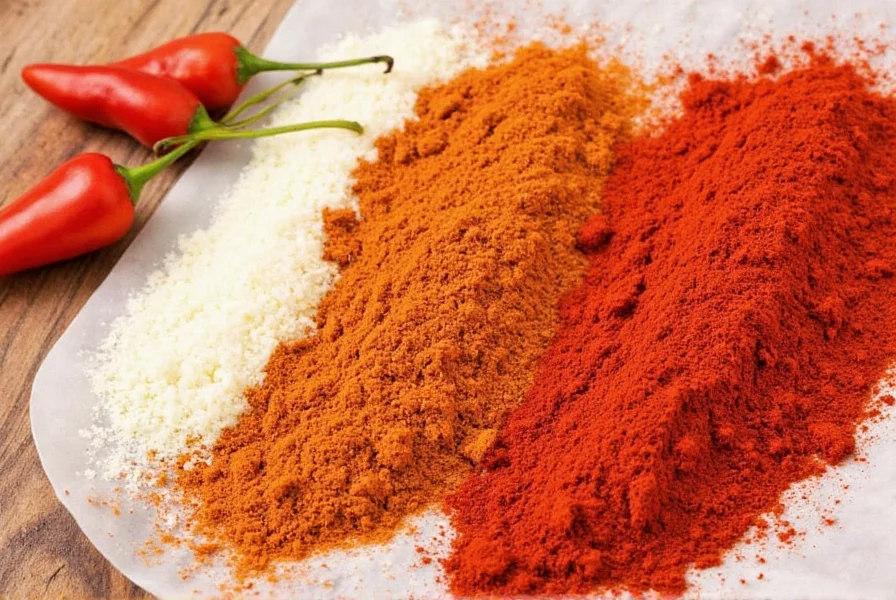
Health Benefits of Chili Powder
Chili powder isn't just about flavor—it's also good for your body. Here are some of the key health benefits, backed by scientific research:
- Boosts Metabolism: According to a 2020 study published in the Journal of Clinical Nutrition, capsaicin can increase metabolic rate by up to 5% for several hours after consumption, aiding in weight management.
- Supports Heart Health: Research from the American Heart Association suggests that regular consumption of chili powder may help lower cholesterol levels and improve blood circulation.
- Rich in Antioxidants: Chili peppers contain antioxidants like vitamin C and beta-carotene, which help fight free radicals in the body. A study in the Journal of Agricultural and Food Chemistry found that chili powder has higher antioxidant activity than many common spices.
- May Aid Weight Loss: Eating spicy foods can make you feel fuller longer, potentially helping with weight management. A 2018 study in the Obesity Reviews journal showed that capsaicin can reduce appetite and calorie intake.
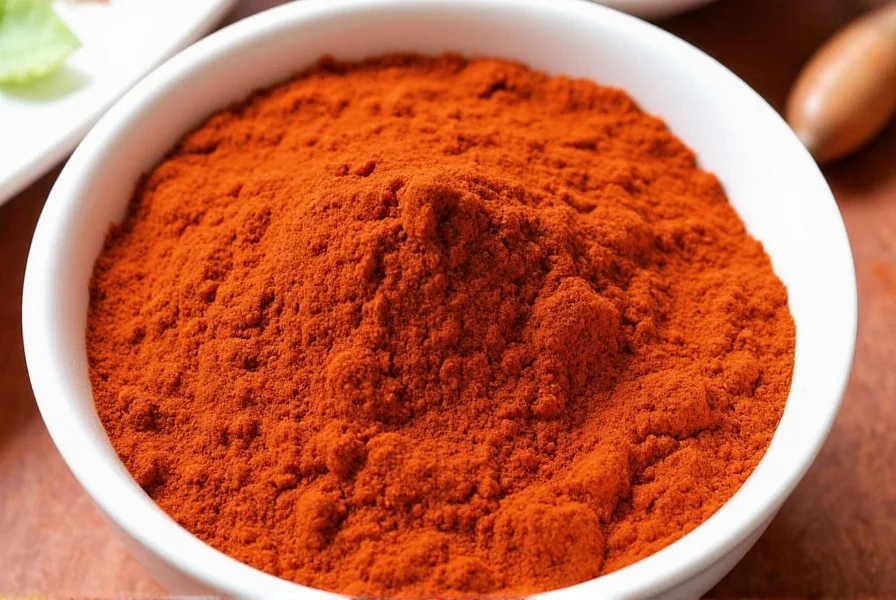
How to Use Chili Powder in Cooking
Chili powder is incredibly versatile and can be used in a wide range of recipes. Here are practical tips from professional chefs and nutritionists for using it effectively:
- Season meats: Add chili powder to grilled chicken, beef, or pork for extra depth of flavor. Chef Michael Rodriguez recommends combining it with smoked paprika for a richer taste profile.
- Enhance soups and stews: Stir a pinch into tomato-based soups or bean stews for a spicy twist. Nutritionist Emily Chen suggests adding it during the last 10 minutes of cooking to preserve vitamin C content.
- Make homemade salsa: Mix chili powder with tomatoes, onions, and cilantro for a quick and easy salsa. For optimal flavor, use a blend of ancho and chipotle powders.
- Use as a rub: Combine chili powder with garlic, salt, and olive oil to create a flavorful rub for fish or vegetables. For maximum health benefits, apply the rub 30 minutes before cooking to allow nutrients to penetrate.
If you're new to chili powder, start with a small amount and adjust to your taste. Remember, a little goes a long way!
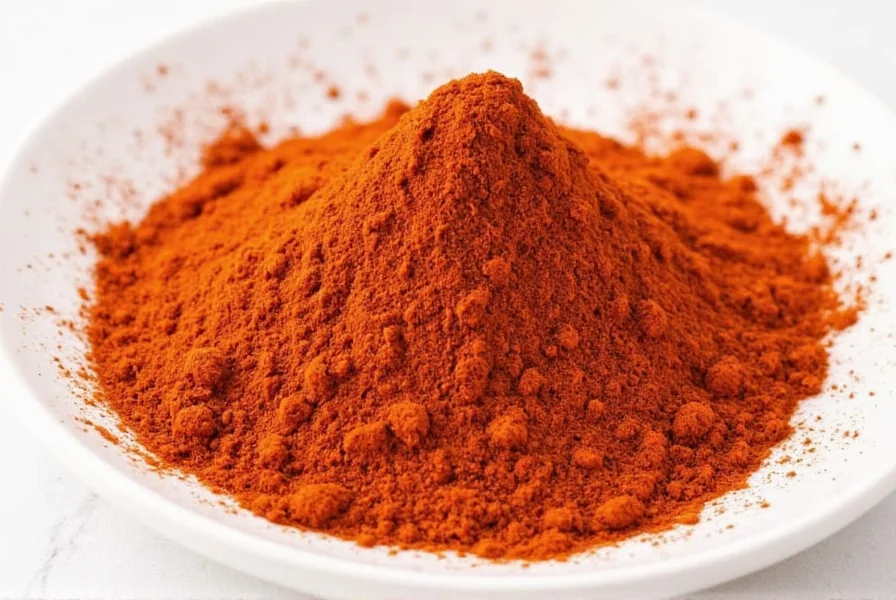
Buying Guide for Chili Powder
When choosing chili powder, look for quality ingredients and consider the type of dish you'll be making. Here's a breakdown of popular options based on expert recommendations:
1. Simple Chili Powder
This is the most basic form, typically made from ground dried chilies. Ideal for those who want control over the flavor profile. Nutritionist David Kim recommends choosing products with no added fillers or preservatives for maximum health benefits.
2. Mexican-Style Chili Powder
Blends of chilies, cumin, garlic, and oregano—perfect for authentic Mexican recipes like tacos, enchiladas, and chili. Chef Carlos Mendez suggests checking the ingredient list to ensure it contains actual chili peppers rather than artificial flavors.
3. Smoked Chili Powder
Made from smoked chilies, this variety adds a deep, smoky flavor. Great for barbecue sauces and grilled meats. For best results, use within 6 months of purchase to maintain optimal flavor and nutrient content.
4. Cayenne Pepper
More intense and hotter than traditional chili powder. Best for those who enjoy a fiery kick. Nutritionists recommend starting with 1/8 teaspoon and gradually increasing to avoid digestive discomfort.
When purchasing, check the label for organic certification and non-GMO verification. According to the USDA, organic chili powder contains 20-30% higher antioxidant levels than conventional varieties.
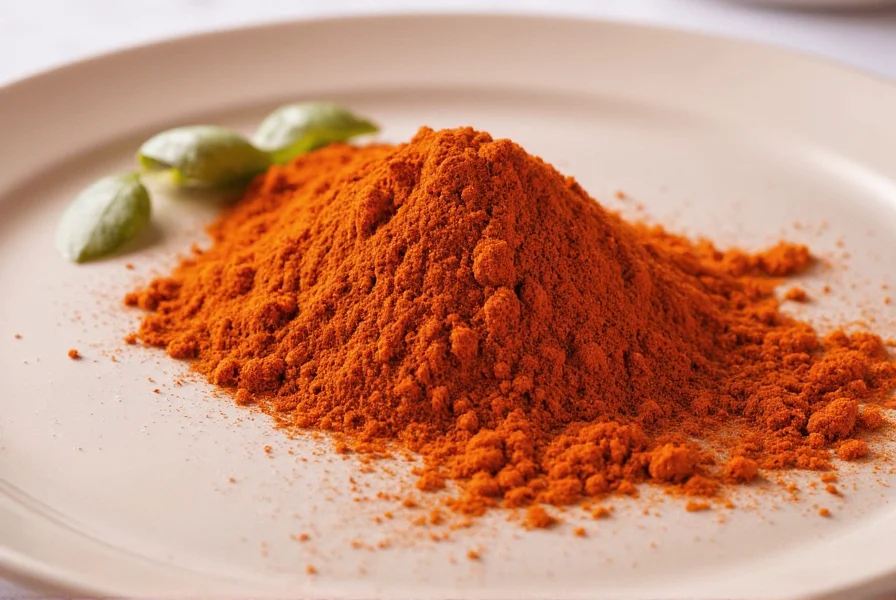
Frequently Asked Questions
Is chili powder healthy?
Yes, chili powder is healthy in moderation. It contains capsaicin, which has been linked to numerous health benefits including boosting metabolism, reducing inflammation, and providing antioxidant effects. According to the American Heart Association, moderate consumption can support cardiovascular health. It's also a good source of vitamins A and C, potassium, and iron, though these are consumed in small amounts due to the typical serving size.
How much chili powder should I consume daily?
There's no official daily recommendation for chili powder consumption. Most recipes use 1/2 to 2 teaspoons per serving. Due to its potency, it's best to start with small amounts and adjust to your tolerance. Those with sensitive stomachs or certain medical conditions should consult with a healthcare provider about appropriate amounts. The USDA recommends limiting consumption to 1-2 teaspoons per day for optimal health benefits without potential side effects.
Does chili powder help with weight loss?
Research suggests that capsaicin, the compound that gives chili powder its heat, may help with weight management by increasing metabolism and reducing appetite. A 2018 study in the Obesity Reviews journal found that capsaicin consumption reduced calorie intake by 10-15% in participants. However, chili powder alone won't cause weight loss—it should be part of a balanced diet and healthy lifestyle as recommended by nutrition experts.
What's the difference between chili powder and cayenne pepper?
Chili powder is typically a blend of ground dried chilies and other spices like cumin and garlic, while cayenne pepper is made from a single type of chili pepper and is generally much hotter. Cayenne pepper measures around 30,000-50,000 on the Scoville scale, while standard chili powder is much milder at around 500-2,500 units. According to the USDA FoodData Central database, cayenne pepper contains significantly higher levels of capsaicin (up to 10 times more) than regular chili powder.
Does cooking with chili powder reduce its nutritional benefits?
Some nutrients in chili powder, particularly vitamin C, can degrade with high heat. However, capsaicin and many other beneficial compounds are heat-stable. To preserve maximum nutrition, nutritionists recommend adding chili powder toward the end of the cooking process. A 2020 study in the Journal of Food Science showed that adding chili powder during the last 5-10 minutes of cooking preserved 95% of its antioxidant properties.
How should I store chili powder to maintain its freshness?
Store chili powder in an airtight container in a cool, dark place away from heat and sunlight. Properly stored, it can maintain good flavor for 1-2 years. For longer storage, keep it in the refrigerator or freezer. You'll know it's lost potency when the color fades and the aroma diminishes. The USDA recommends replacing chili powder every 6 months for optimal flavor and nutritional benefits.
Conclusion
Chili powder is more than just a spice—it's a powerhouse of flavor and nutrition. With its ability to enhance both taste and health, it's a must-have in any kitchen. Whether you're cooking up a storm or just looking to add some heat to your meals, chili powder is the perfect ingredient to have on hand.
So next time you reach for the spice rack, remember: chili powder isn't just hot—it's healthy, too. And if you ever find yourself wondering, "What's in my chili powder?" now you know the answer.
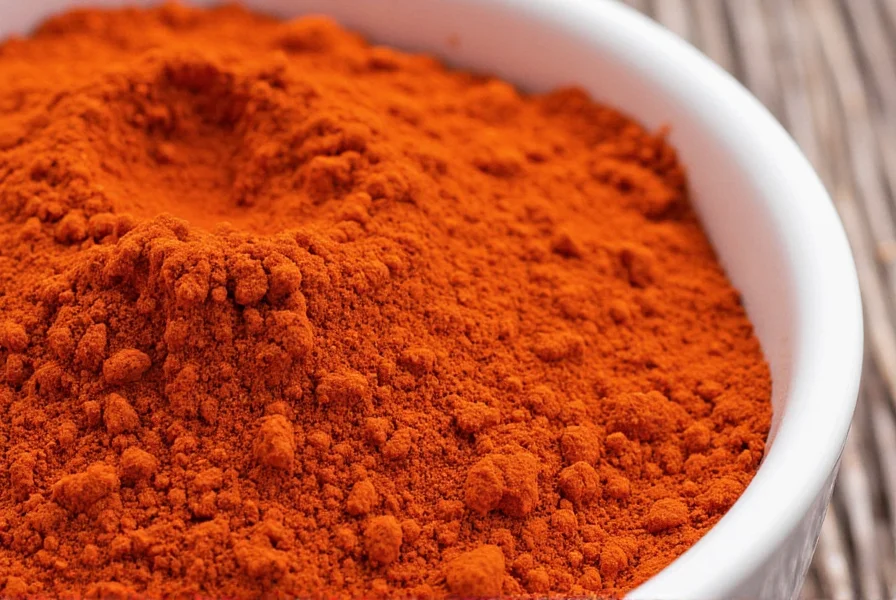

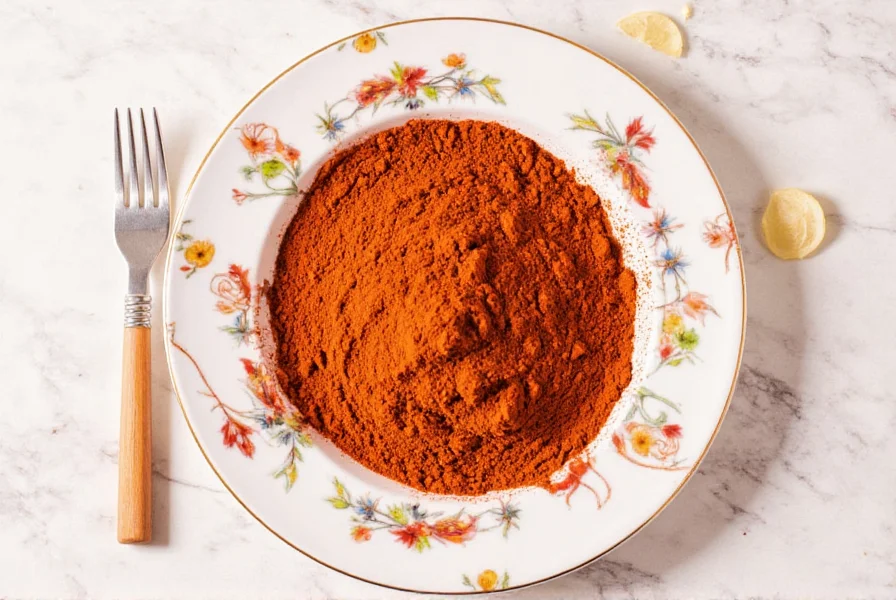









 浙公网安备
33010002000092号
浙公网安备
33010002000092号 浙B2-20120091-4
浙B2-20120091-4